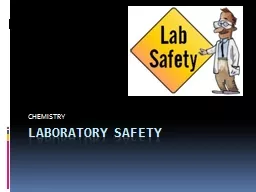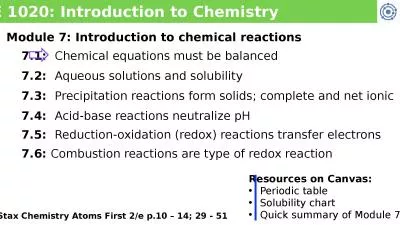PPT-Introduction to General Chemistry Part 1:
Author : lois-ondreau | Published Date : 2017-07-03
Matter Ch 1 What is Chemistry Chemistry is the study of properties of substances and how they react Chemical substances are composed of matter Matter is the physical
Presentation Embed Code
Download Presentation
Download Presentation The PPT/PDF document "Introduction to General Chemistry Part 1..." is the property of its rightful owner. Permission is granted to download and print the materials on this website for personal, non-commercial use only, and to display it on your personal computer provided you do not modify the materials and that you retain all copyright notices contained in the materials. By downloading content from our website, you accept the terms of this agreement.
Introduction to General Chemistry Part 1:: Transcript
Download Rules Of Document
"Introduction to General Chemistry Part 1:"The content belongs to its owner. You may download and print it for personal use, without modification, and keep all copyright notices. By downloading, you agree to these terms.
Related Documents

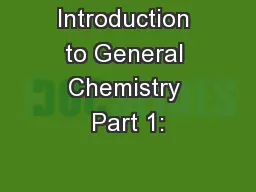
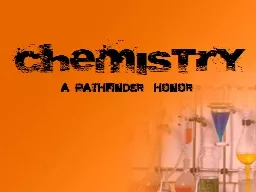
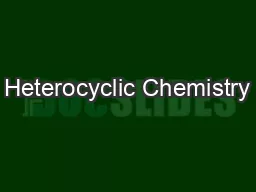
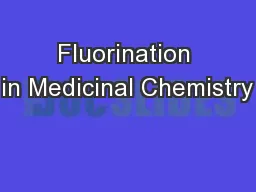
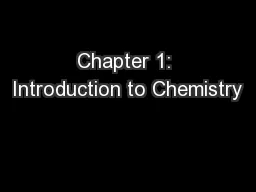
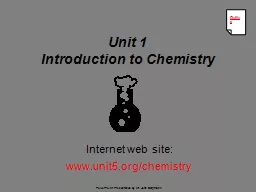
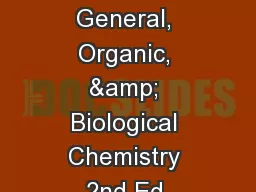
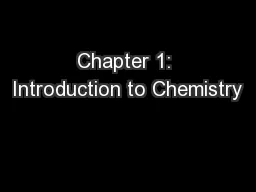
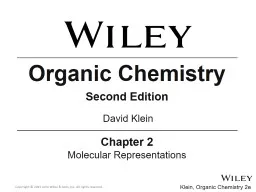
![[DOWNLOAD] - Chemistry: An Introduction to General, Organic, and Biological Chemistry](https://thumbs.docslides.com/901776/download-chemistry-an-introduction-to-general-organic-and-biological-chemistry.jpg)
![[EPUB] - Sterling Test Prep DAT General Chemistry Practice Questions: High Yield DAT](https://thumbs.docslides.com/902879/epub-sterling-test-prep-dat-general-chemistry-practice-questions-high-yield-dat-general-chemistry-questions.jpg)
